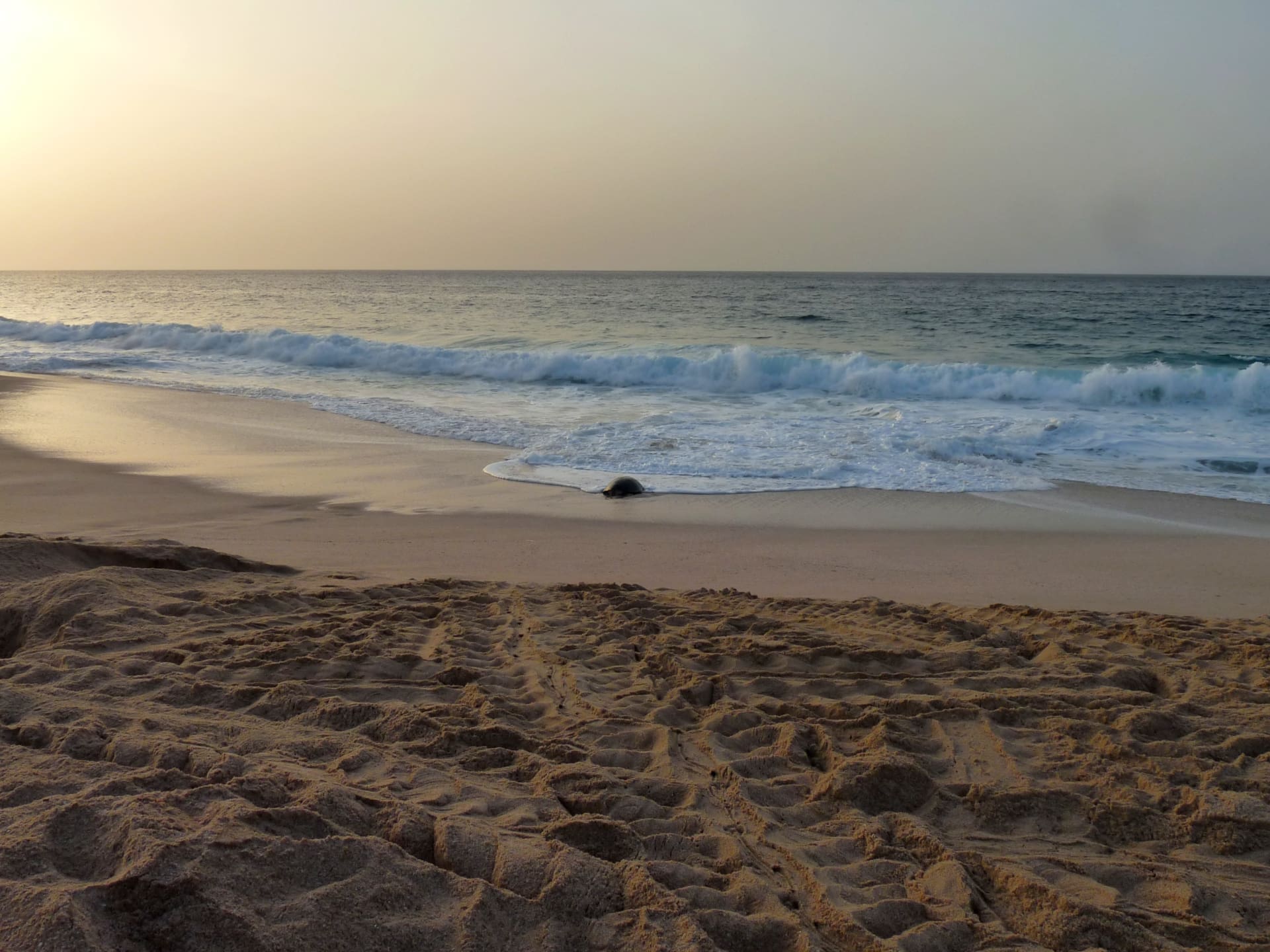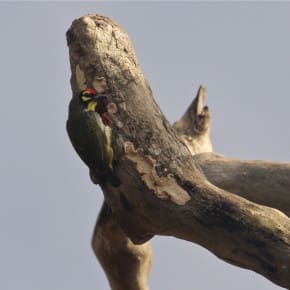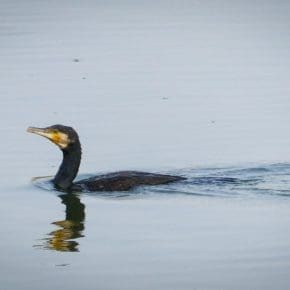“The coast is an edgy place. Living on the coast presents certain stark realities and a wild, rare beauty. Continent confronts ocean. Weather intensifies. It’s a place of tide and tantrum; of flirtations among fresh- and saltwaters, forests and shores; of tense negotiations with an ocean that gives much but demands more. Every year the raw rim that is this coast gets hammered and reshaped like molten bronze. This place roils with power and a sometimes terrible beauty. The coast remains youthful, daring, uncertain about tomorrow. The guessing, the risk; in a way, we’re all thrill seekers here.”
~ Carl Safina
[slideshow_deploy id=’6395′]
To explore space is to jump the gun, especially when the deep mysteries of Planet Earth’s mighty oceans remain unplumbed. Terrestrially speaking, the coast is our last frontier. From its vantage and security we admire and dread the ocean in comfort. We consort merely with the fringes of its infinity. This is a world too primeval, too alien and too vast for us to comprehend within the limitations of our mortality. Yet, while we have not entirely conquered the ocean, we have a degree of control over its variables. With more than a modicum of accuracy we can can predict weather and foresee storms but cannot prevent them. Yet. We can plumb depth and gauge distance using technologies that have been the preserve of cetaceans for millions of years. We can swim above and below its surface, we can surf and we can dive; we can plunge its depths, we can stay submerged in it for days on end.
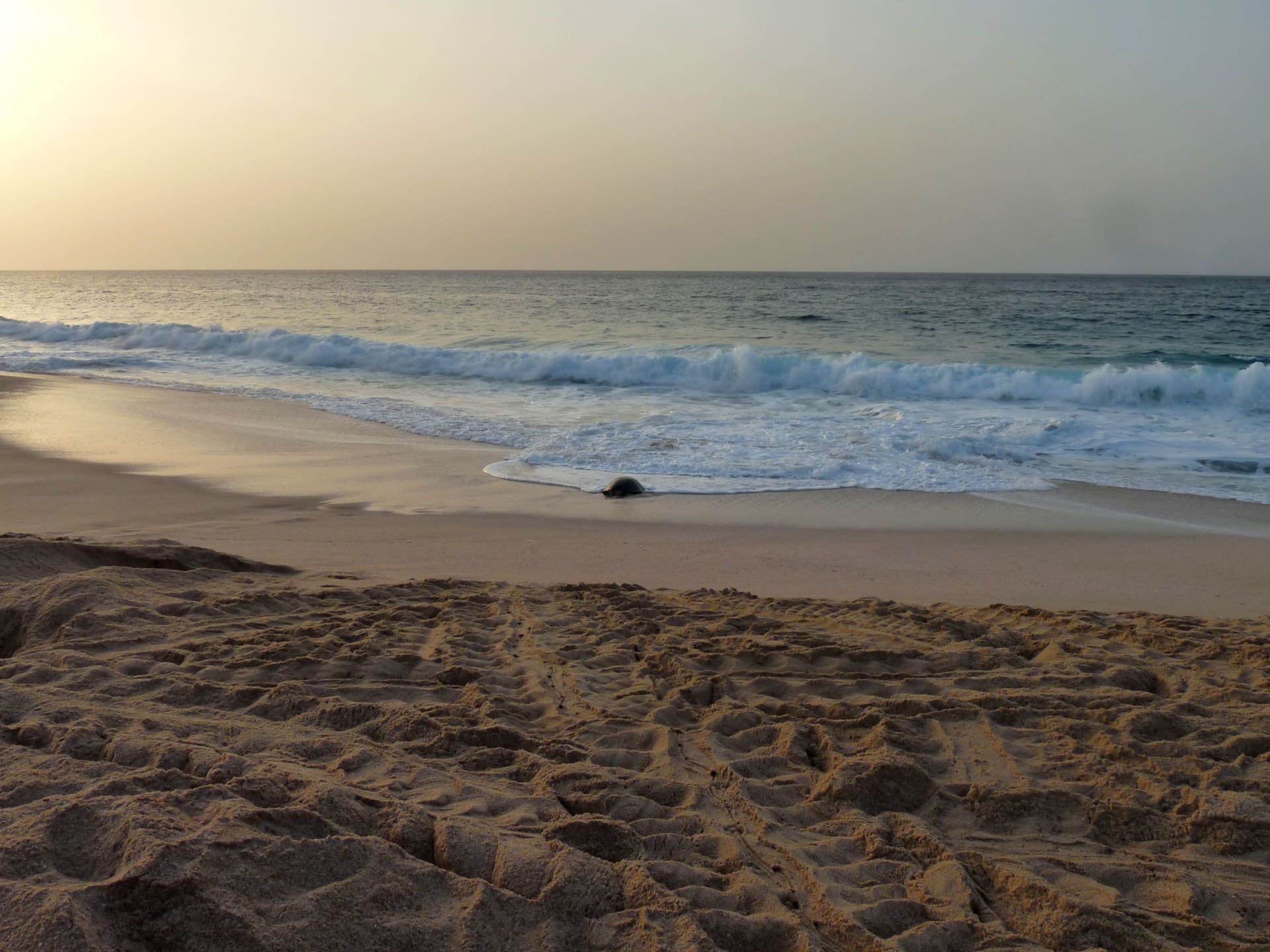
But the ocean is changing. Its waters are turning acidic. The coral reef ecosystems that once thrived in it are moribund. The thermostat of Gaia has gone awry. As polar ice caps melt, ocean levels are rising and weather patterns are going askew. Creatures familiar to us are now getting increasingly rare. We are overfishing, over-dredging, over-drilling… We are mining the ocean to its heart. We are losing planes and ships, and plastic refuse and radioactive waste in it. We are feeding and tending the great Pacific Garbage Patch — one of the unique creations of the human race in the last two centuries.
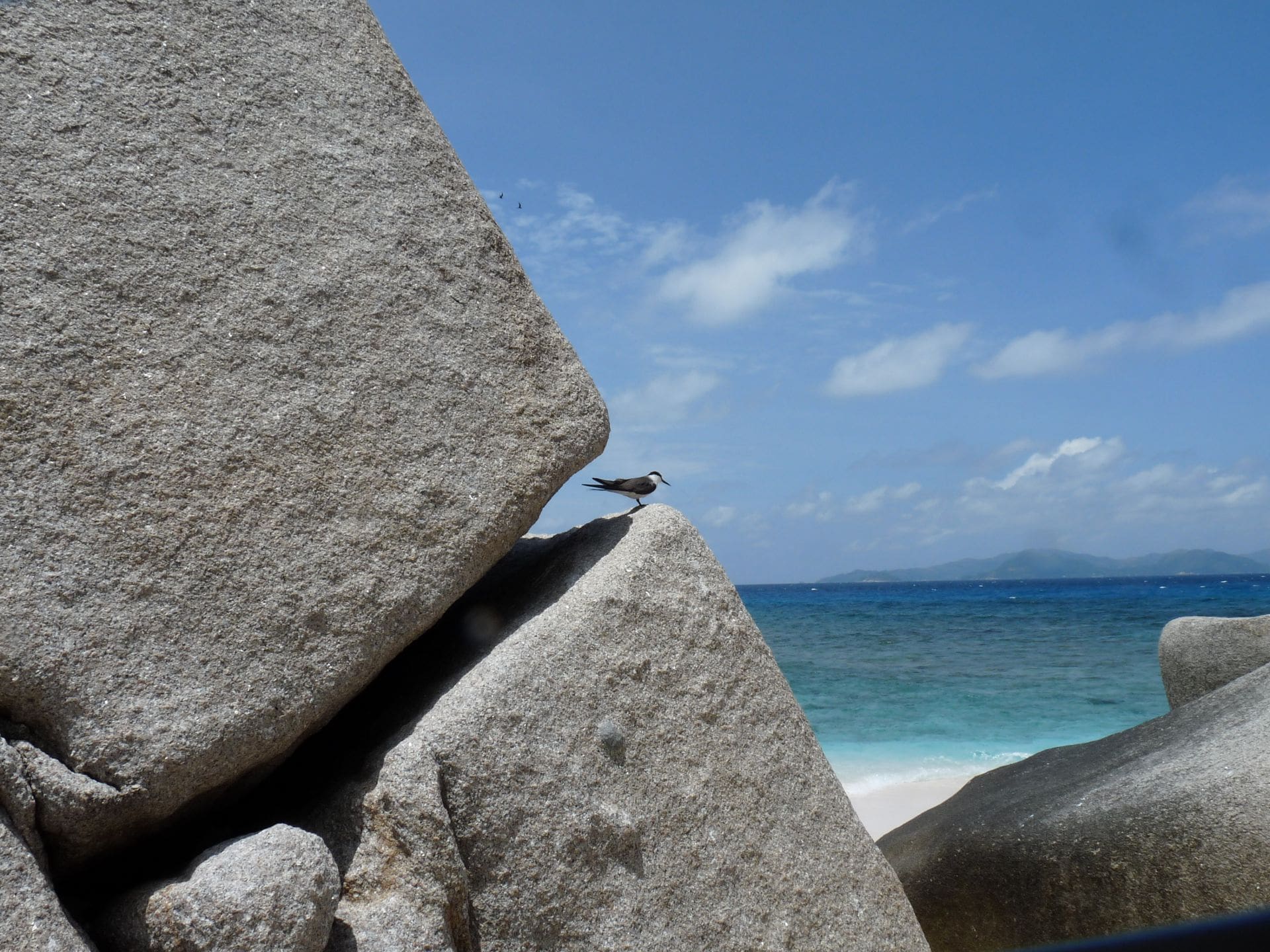
Warning signs are afoot, though not all of us have the ecological literacy or the sentience to read them. If we had the opportunity (or misfortune) to be stranded out at sea like Piscine Molitor Patel, the protagonist of Yann Martel’s Life of Pi, we might know, fear, and appreciate the ocean better.
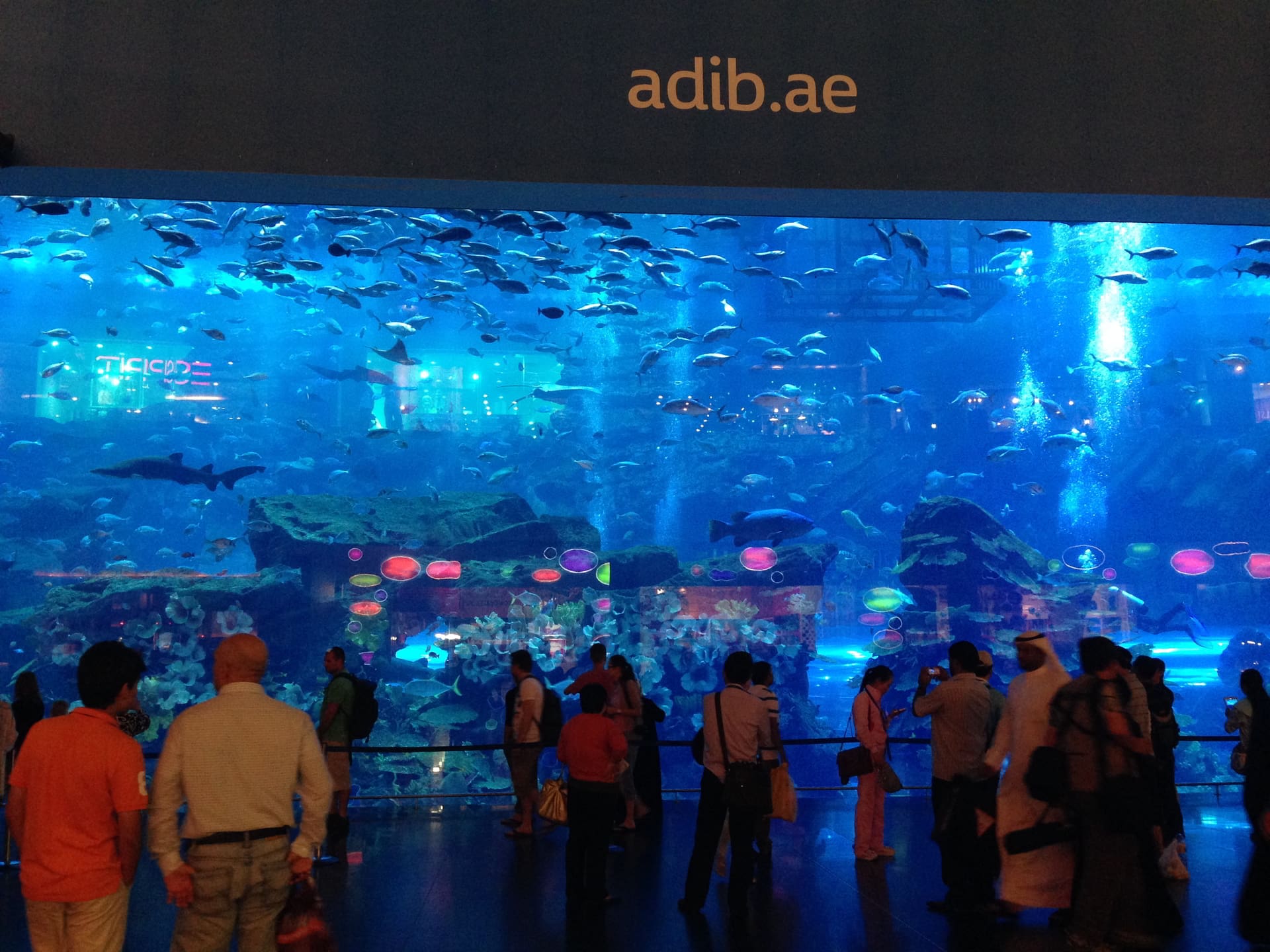
June 8 is World Oceans Day. To those who live along the coastlines of the world, the effects of climate change are more palpable than ever. Those who walk their dogs by the seafront every day, those who enter the water to commune with the ocean, those who watch the skies above the water as it reflects the change of seasons… they know that it is not merely we who are changing, but the collective toll that our actions have exacted. This, more than ever, is no time for pessimism but these look like changes too far-reaching to reverse.
Photos by Beej
- TL;DR – Death Stalks Like A Marabou Stork - July 24, 2024
- Dimorphic Egret – Meet this East African mystery bird - June 8, 2024
- Encounter: Northern Treeshrew in Arunachal Pradesh - May 19, 2024

